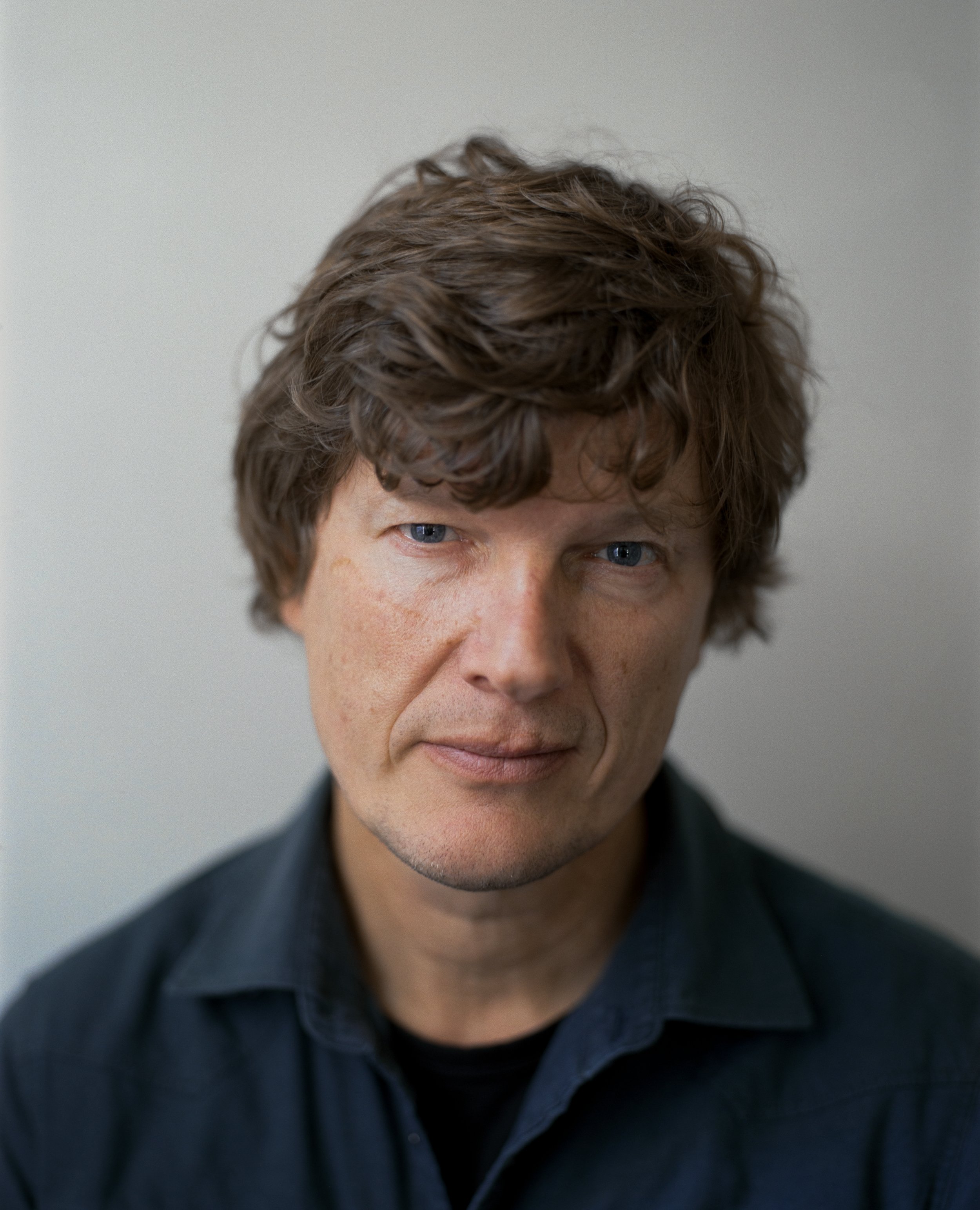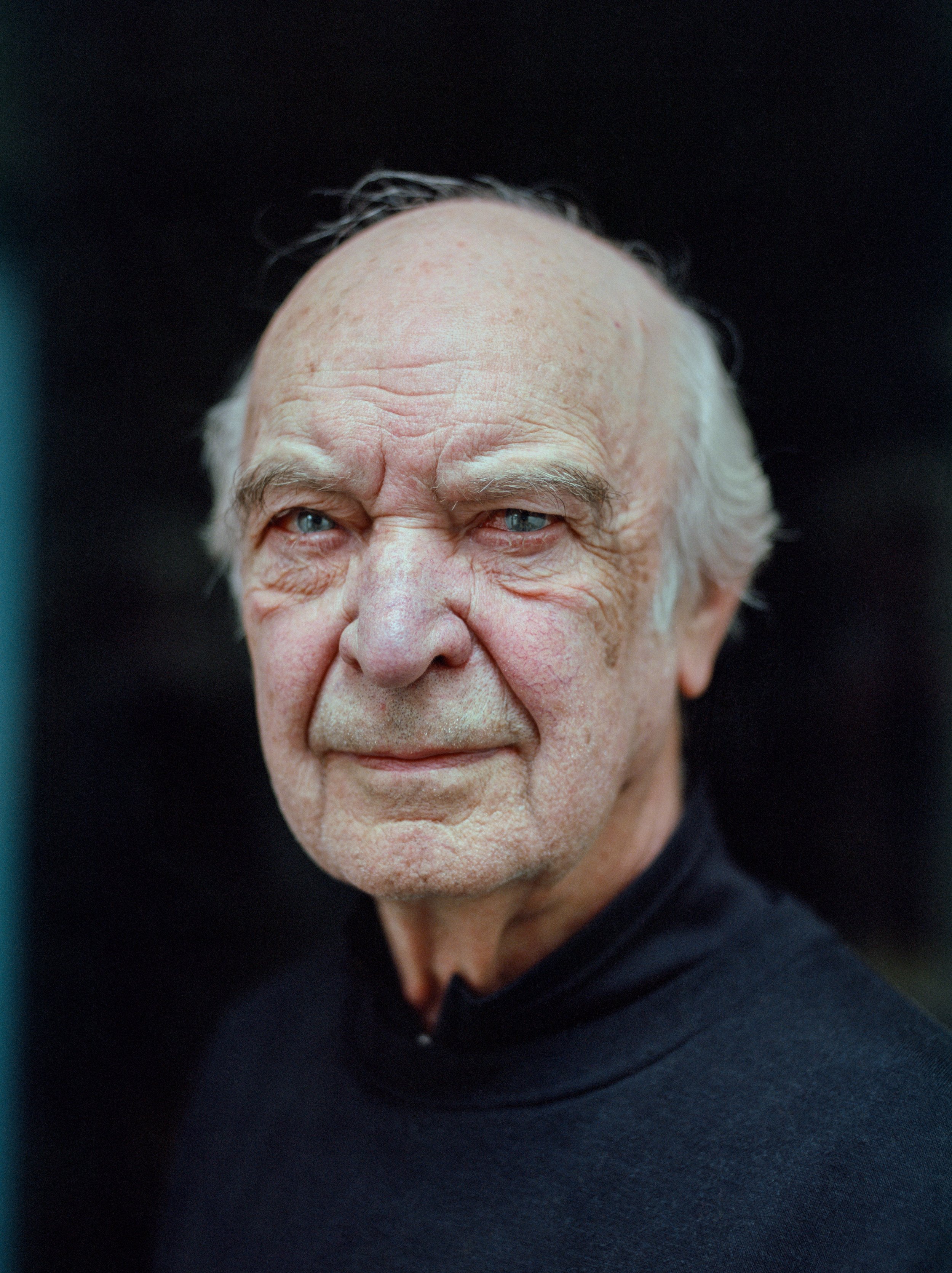Story 145: Wouter Le Duc
What is your backstory?
I’ve always been an observer. Looking at people, observing social behaviour, discovering new colours and watching the light illuminate people’s faces are among my favourite activities. I picked up a camera at age sixteen, walked through parks and alleys and photographed the strangers I met. Although those early photographs are miles away from my current work, my working method remains the same. I approach people with integrity and fascination. I strive to show what’s underneath the mask of daily life and capture a glimpse of the inner world of the sitter.
What camera gear/editing setup do you use?
I’ve spent years trying out different cameras and other equipment before finally finding the right gear a couple of years ago. This gear is the perfect combination for me because it combines full control and high quality, and at the same time fits my way of working so well it doesn’t create any barrier between myself and the sitter.
I use an analogue medium format camera called the Mamiya RZ67 Pro II with either a 75mm or 110 Mamiya lens. If you research which lens you need to use in a setting, you will find tons of rules and guidelines on which one to pick. I prefer the exact opposite; I will look through my viewfinder to see if it matches the way I experience the setting and if it doesn’t, I will either change the position of my camera or change to my other lens. I once owned almost the whole range of Mamiya lenses, but I learned these two are the only ones I need. Kodak Portra 400 is the only film I use and I develop the films and scan the negatives myself.
I always use a Manfrotto tripod and Sekonic light meter when shooting. This is all the gear I use when I am out photographing. I never bring any lighting equipment because I prefer to use the ambient daylight.
How do you achieve the look of your photographs and could you take us through the process?
My work focuses on light and people. I don’t control the light, but I will characterize it with my vision. Seeing the potential of a space and light is a very crucial element to my practice. I always walk around studying light. The light of every season, in every space and on every face fascinates me. It’s a never ending process and I love it.
When I schedule a shoot, I make sure we have enough time to really give room for the process of creation. When we meet, we’ll first sit down to get to know each other. I am always curious to know more about the people I meet. It also helps me to create a setting in which the creation of the portrait is a collaboration between the two of us. I feel my best work was created with the people who were fully emerged in this process.
Could you tell us the backstory of some of your photographs?
At the moment of writing this I am spending time again in a monastery in the north of France which has been transformed into an artist in residence. It’s isolated from the rest of the world, within its proximity only nature and a sleepy little town. I’ve been coming here for almost a decade and this place has been crucial to my work.
The first time I was here, I just walked around for days to take it all in. It’s inhabited by people who spend their days secluded from the daily pace of life and can only surrender to themselves and their work. Some people refer to their stay as approaching a blank canvas, everything has to come from within you and there is nowhere to run.
Year after year, I return to work on my own projects. During these periods I feel safe to spend time just thinking, asking questions without having to find an answer. In the summer of 2018 I decided to fully focus my photography practice on portraiture. I thought of the monastery and how the French sunlight filters through the windows and illuminates the people and their characters. I decided the visitors of this place would become the subject of my first long-term portrait project.
The individuals visiting the monastery -artists, writers, dancers, philosophers, etc.- all have similar reasons for coming, making sense of their thoughts and ideas. I aim to capture them at that moment in time and the energy surrounding them. However, these portraits tell as much about the sitters as they do about myself. They form a self-portrait, through which not only my sitters’, but also my own contemplation comes to the surface. Although the project itself is finished, I feel my whole practice is a continuation of this approach.
What advice do you have for aspiring photographers?
Every photographer has their own path and everything is part of it. It would be out of place to tell you what to do and how to do it. But for myself, it’s been crucial to keep pursuing the things which give me most energy and which I care about most. There have been times when I almost lost the joy in photographing because I was too constrained by the unwritten rules of the industry. It gave me the feeling I had to do things a certain way, but this way is a dead end because you get off your own path wandering into no man’s land. What it taught me was that nobody cares as deeply about what you do but you. Break every rule you need to break to keep caring about it so deeply.























